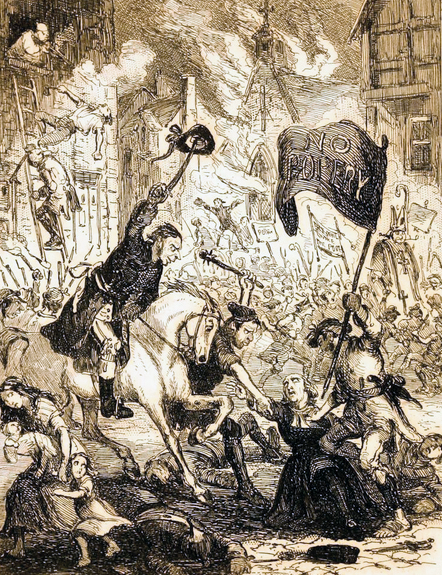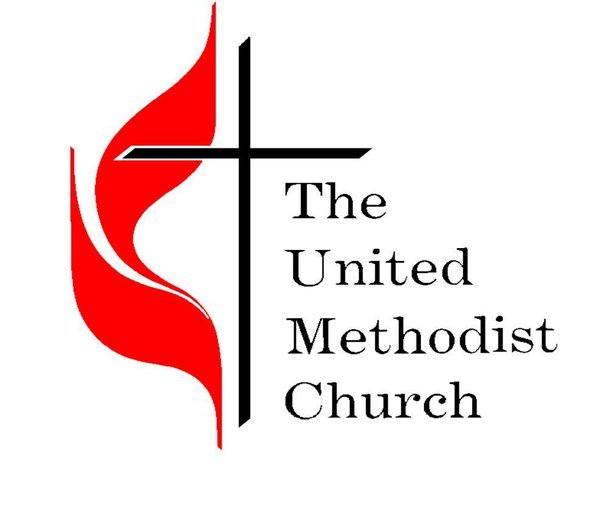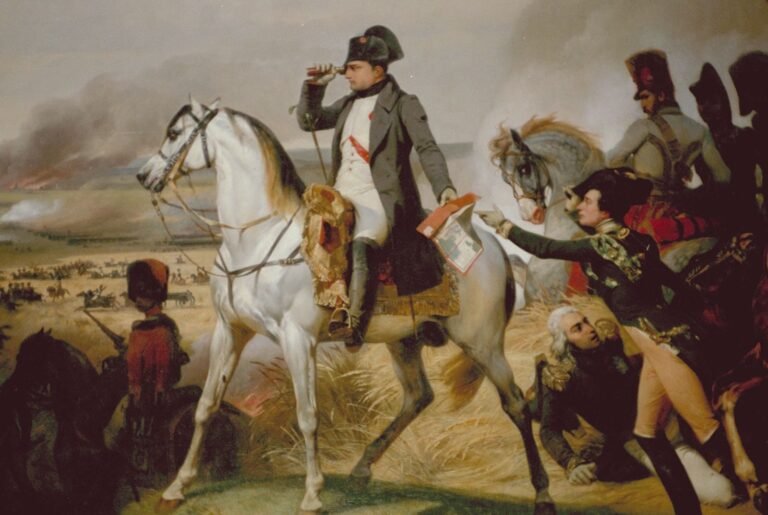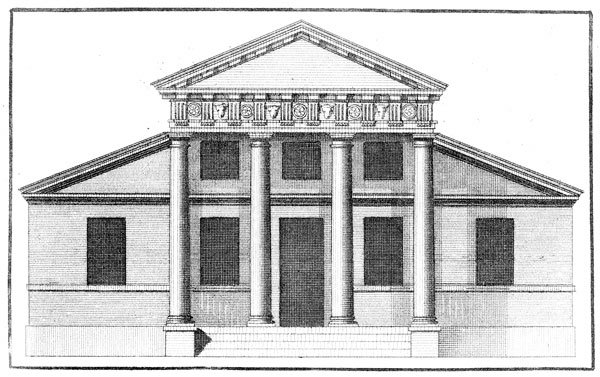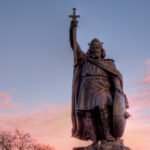The Gordon Riots of 1780 were a significant event in British history. These riots brought chaos to London and had lasting effects.
In June 1780, London witnessed one of its most violent episodes. The Gordon Riots began as a protest against the Papists Act of 1778. This act aimed to reduce restrictions on British Catholics. Led by Lord George Gordon, the protests quickly turned into widespread violence.
Mobs roamed the streets, attacking Catholic homes, churches, and prisons. Buildings burned, and lives were lost. The authorities struggled to regain control. The riots highlighted deep societal tensions. These events showed the power of mass protest and the fragility of public order. Understanding the Gordon Riots helps us grasp the complexities of 18th-century Britain.
Introduction To The Gordon Riots
The Gordon Riots of 1780 were a series of violent protests. They shook London and left a lasting impact on British history. These riots reflected deep social and political tensions of the time. Let’s dive into the background and causes, and key figures involved in these significant events.
Background And Causes
The Gordon Riots began with widespread discontent over the Catholic Relief Act of 1778. This act aimed to reduce discrimination against Catholics in Britain. Many Protestants feared this would undermine their religion and power. The economic hardships and social unrest of the late 18th century also fueled the anger. People were struggling with high taxes and food shortages. The tension reached a boiling point, leading to violent protests.
Key Figures Involved
Lord George Gordon was the central figure in the riots. He was a Protestant politician who opposed the Catholic Relief Act. Gordon led the Protestant Association, which demanded the repeal of the act. His fiery speeches and public meetings stirred up public emotions. Another key figure was the Prime Minister, Lord North. He faced the daunting task of dealing with the riots and restoring order. Various other political and military leaders played roles in quelling the violence.

Credit: en.wikipedia.org
The Anti-catholic Sentiment
The Anti-Catholic Sentiment during the Gordon Riots of 1780 was intense. The British public feared Catholic influence. This fear was rooted in history and politics. Many Protestants worried about the power of the Pope. They believed Catholics were loyal to Rome, not Britain. This belief led to distrust and anger.
Religious Tensions In Britain
The Protestant Reformation had long-lasting effects. Many British people saw Catholicism as a threat. They remembered the reign of Mary I, known as “Bloody Mary”. She tried to restore Catholicism and persecuted Protestants. This historical memory lingered. The English Civil War also played a role. Catholics supported the monarchy, while many Protestants supported Parliament. These events deepened religious divides.
By the 18th century, these tensions had not eased. Laws restricted Catholics’ rights. They could not hold public office. They could not vote. The 1778 Papists Act aimed to reduce these restrictions. It allowed Catholics to join the army. Many Protestants saw this as a betrayal. They feared Catholic soldiers might turn against Britain. This fear fueled the riots.
Role Of Lord George Gordon
Lord George Gordon played a key role in the riots. He was a politician and a Protestant zealot. He opposed the Papists Act. He believed it endangered Britain. Gordon organized a protest against the Act. He called for a repeal. On June 2, 1780, he led a march to Parliament. Thousands followed him. The protest turned violent. Rioters attacked Catholic homes, businesses, and churches. They looted and burned buildings.
Gordon’s fiery speeches incited the crowd. He blamed Catholics for many of Britain’s problems. He claimed they were plotting against the country. His words stirred fear and anger. The riots lasted for a week. They caused widespread destruction. Many people were injured. The army had to intervene to restore order. Lord George Gordon was arrested. He was tried for high treason but was acquitted. His role in the riots remains controversial.
Outbreak Of Violence
When tension simmered in London in 1780, the Gordon Riots erupted, marking a dark chapter in history.
Initial Protests
At first, peaceful demonstrations voiced grievances against the Catholic Relief Act.
However, the situation quickly spiraled out of control.
Escalation Into Riots
As the protests intensified, violence erupted across the city.
Mobs wreaked havoc, targeting Catholic properties and individuals.
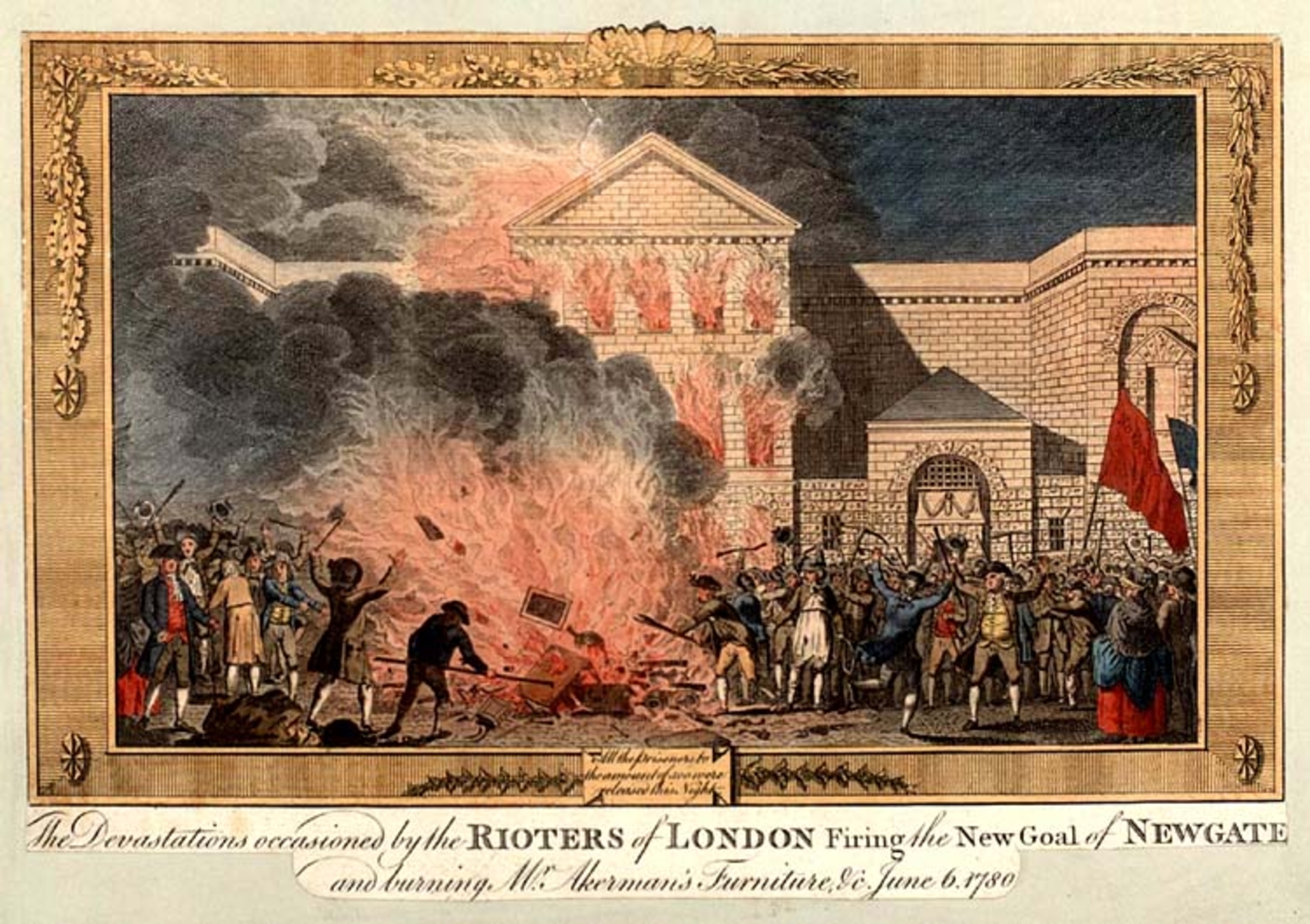
Credit: www.gresham.ac.uk
Government Response
The Gordon Riots of 1780 were a significant event in British history. The government’s response to these riots was swift and decisive. Authorities took several actions to restore order and maintain control. They used both military force and legal measures to address the chaos. This section explores the various responses by the government during this turbulent time.
Military Intervention
The government deployed troops to quell the riots. Soldiers were stationed in strategic locations across London. They aimed to prevent further violence and protect key buildings. The military’s presence helped to restore some order. They used force when necessary to disperse crowds. This decisive action was crucial in stopping the riots from spreading.
Legal Consequences
The government also took legal steps against the rioters. Many were arrested and faced trial. The courts handed down harsh sentences to deter future unrest. These legal actions showed the government’s commitment to law and order. They wanted to send a clear message. Disorder would not be tolerated.
In the aftermath, new laws were introduced. These laws aimed to prevent similar incidents. The government learned from the riots and improved their response strategies. The legal measures taken during and after the riots helped to maintain long-term stability.
Impact On London
The Gordon Riots of 1780 left a lasting Impact on London, reshaping the city’s landscape and society.
Destruction And Chaos
Buildings burned, streets in ruins, businesses destroyed—London faced unprecedented destruction during the Gordon Riots.
Chaos reigned as the rioters pillaged, leaving a trail of devastation that scarred the city’s infrastructure.
Public Reaction
The public responded with shock and fear as the violence unfolded before their eyes.
Citizens banded together to protect their homes and loved ones, showing resilience in the face of turmoil.

Credit: en.wikipedia.org
Political Repercussions
The Gordon Riots of 1780 had significant political repercussions. These events reshaped the legislative landscape and influenced public policy. The riots, sparked by anti-Catholic sentiment, forced lawmakers to rethink their approach.
Legislative Changes
The riots led to important legislative changes. The government realized the need for stricter laws. Parliament passed the Riot Act to control such upheavals. This act allowed authorities to disperse gatherings by force. It also imposed severe penalties for rioters.
The government also strengthened laws against sedition. They aimed to prevent future uprisings. These changes sought to maintain order and protect public safety.
Shift In Public Policy
The riots caused a shift in public policy. Authorities began to address the concerns of the masses. They sought to reduce tensions and promote unity. The government engaged more with the public. They listened to grievances and acted accordingly.
Public policy focused on improving social conditions. Efforts were made to reduce poverty and inequality. The goal was to prevent discontent from boiling over. These policy shifts aimed to create a more stable society.
Long-term Effects
The Gordon Riots of 1780 left a lasting impact on British society. This violent uprising shook the nation and had significant long-term effects. Understanding these effects helps us grasp the changes that followed in British society and governance.
Influence On British Society
The Gordon Riots highlighted deep social and political tensions. People saw the government’s weakness in controlling large crowds. This led to changes in law enforcement. The government improved police forces to prevent similar uprisings. Public opinion shifted, too. Many began to see the need for better social reforms. These changes aimed to address the root causes of unrest.
The riots also influenced British attitudes toward religion. The anti-Catholic sentiment that fueled the riots showed the dangers of religious intolerance. This encouraged greater religious tolerance over time. People realized the importance of living peacefully with different beliefs.
Legacy Of The Riots
The legacy of the Gordon Riots can still be seen today. The riots served as a warning. They reminded future generations about the power of mob violence. This led to stricter laws on public gatherings. It also brought about more organized and professional police forces.
Historians view the riots as a turning point. They marked the end of unchecked public disorder. The government took more responsibility for public safety. These changes helped shape modern British society. The riots also left a mark on literature and culture. Writers and artists depicted the events, keeping the memory alive.
The Gordon Riots of 1780 remain a significant event. They remind us of the need for balance between order and freedom. Their long-term effects continue to influence British society.
FAQs
What Were The Gordon Riots Of 1780?
The Gordon Riots of 1780 were anti-Catholic protests in London. They were named after Lord George Gordon. The riots caused widespread destruction and violence.
Why Did The Gordon Riots Happen?
The riots occurred due to opposition to the Papists Act of 1778. People feared it favored Catholics too much. This fear led to mass protests.
Who Was Lord George Gordon?
Lord George Gordon was a British politician. He led the anti-Catholic movement. His actions sparked the 1780 riots.
How Long Did The Gordon Riots Last?
The Gordon Riots lasted from June 2 to June 9, 1780. They caused extensive damage in London.
Conclusion
The Gordon Riots of 1780 were a significant event in history. They highlighted the deep societal tensions of that time. The riots showed the impact of political and religious strife. They left a lasting mark on London and its people.
Learning about these events helps us understand the past better. It also teaches us valuable lessons for the future. History often repeats itself, so understanding it is crucial. The Gordon Riots remind us of the importance of unity and peace.

